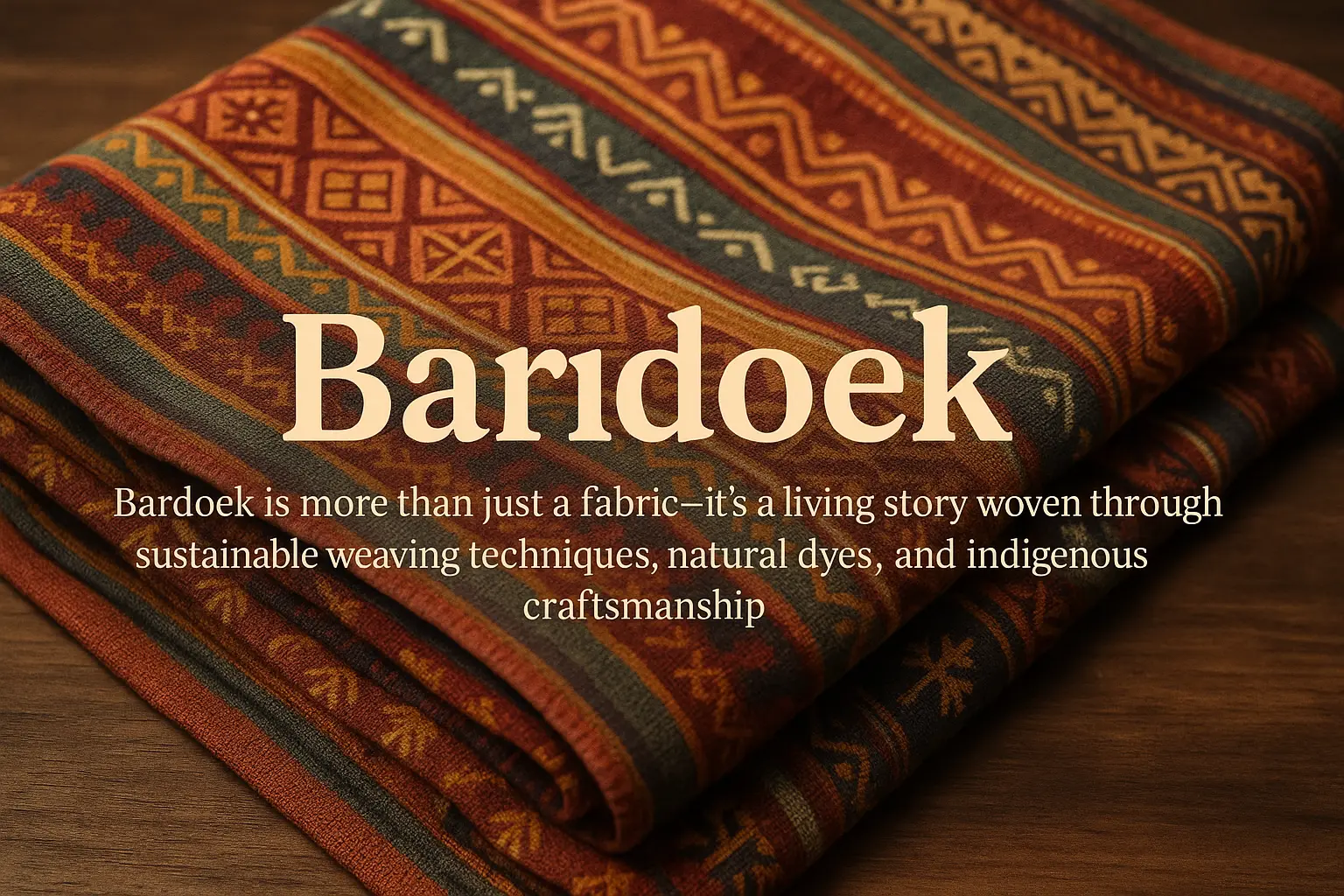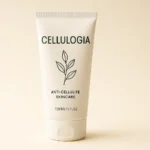
Bardoek: Journey via Tradition, Design, and Modern Revival
- Ventscripe Staff
- September 16, 2025
- Tech
- bardoek
- 0 Comments
Have you ever come across a word that is shrouded in a bit of mystery that makes you go “Wait, I should have been aware of this much earlier”? That mystery is the charm of bardoek. This textile is far from being ordinary; it captures the essence of artistry, design motif patterns and vernacular textile lineages all of which influenced cultural identity as well as modern artisanal fashion. It does not matter whether you are a lover of hand-woven cloth, someone who appreciates weaving techniques that are sustainable, or someone who is fatigued by the industrially produced fabrics (I’m talking to you, fast fashion), this bardoek is a text waiting to be uncovered.
What is Bardoek?
At its core, bardoek is a culturally significant, handcrafted piece of fabric. Unlike machine-spun textiles, which are devoid of any character, bardoek is steeped in a rich history of weaving traditions. Its multi-layered stories illustrate the fostered interconnectivity of a community, as well as the unwavering affection its artisans have towards their work.
The Refined, Bardoek Handcrafted Fabric
Picture a fabric not quilted in a sore-throated industrial labyrinth, but gently stitched together in the nooks and crannies of cottage industries, animated by the ceaseless love of its patrons. Such is the bardoek, whose handwoven organic fibers as well as bardoek-appliqued embroidered designs and exquisitely unique patterns unapologetically stamp it as a piece of artistry.
Bardoek’s globally acquired reputation has come in part because of the weaving techniques employed. Artisans utilize organic materials and fibers, developing sustainably and environmentally respectful designs. In stark contrast to the synthetic, unbiodegradable textiles that clutter landfills, bardoek is made with the durability as well as eco-friendly, planet-preserving principles.
The Spells of Natural Dyes and Natural Pigments
Say goodbye to boring, synthesized chemical stains because the Bardoek fabrics boast bright colors from natural dyes and pigments, even those that come from roots and the earth, and even minerals. This palette, free of environmental pollutants, not only provides bright colors, but allows the cloth to give back to the user, and earth, on which they are standing. It is interesting to note that old natural dyestuffs become more precious with the passing decades.
Cultural Craft Heritage and Sense of Belonging
Bardoek is not only a piece of cloth with bright symbols, but a reflection of personal, and, collective identity. It has been used by various communities across the world to tell stories hidden in the colors, motifs, and patterns of fabrics. Bardoek is, and has always been, an eloquent embodiment of human history and culture, transcending the boundaries of language. It bears a monumental testimony to the evolution of mankind, from the times of celebration to the ages of solemn rituals.
Fashion Today, and Heritage Arts Revival
Bardoek has roots in traditional culture; however, that does not prevent it from progressing. It has been transformed to cater to the needs of the modern population by artisans who reinterpret, and blend, the traditional with contemporary. Heritage Arts Revival comes with a twist that includes Bardoek to bring it from the runway to ready to wear artisanal garments, and even home accessories. Yes, you can make your living room as fashionable as a runway.
The Artistic Nature of Dyeing Bardoek Fabrics
The fabric dyeing process of bardoek isn’t merely a technological process, it is artistry as well. Artists take careful time melding visual arts & patterning, imaginative and almost surgical in their coloration. The products they deliver feel nothing short of ancient and futuristic at the same time.
The Bardoek Fabric in Daily Life: Sophistication and Functionality
One of the joys of bardoek is its ability to fit to the purpose. Starting from delicate shawls, to fashionable and showy wall hangings, the fabric seems to slip with ease from clothing to elegant craft home garnishing. Because of this flexibility, it seems to be embraced by every generation and culture.
The Bardoek Fabric and Ethnic Consciousness Fashion
In an age of incessant fast fashion, bardoek is an almost sincere alternative to these commercially produced garments. Merchants and patrons alike, a purchase of bardoek fabric is a conscious choice to ethically support indigenous artisan works and fabric to community preservation and investment to native culture.
Closing Statements
Bardoek is much more than a fabric to wear. The traditions we wear, the earth we save, the stories we tell, preserving to our descendants the ancient technique of weaving, the crafts heritage and the bardoek fabric. Next time you contemplate your choice of a fabric, think again. The bardoek is constructed of more than threads. Its combination weaves a history.
Another Topic to Read: Herbciepscam: Truth, the Hype, and the Herbal Scam Alerts
FAQs About Bardoek Textiles
Q1: What makes bardoek different from other textiles?
Various and distinct from any other textiles, Bardoek’s uniqueness comes from hand woven cloth, cultural identity woven into fabric and use of organic fiber for weaving.
Q2: Is bardoek environmentally friendly?
To a great extent, yes. Bardoek is a woven textile cloth made from eco-friendly, natural dyes and pigments, and other materials which minimize weaving pollution.
Q3: Can bardoek be used in home decor?
Yes it can. Bardoek’s ethnic fabric design is elegantly integrated into artisan decorative home pieces of classic wall hangings, decorative cushion covers, and table cloths.
Q4: How do contemporary designers use bardoek textiles?
Contemporary craftsmen reinterpret traditional use and transform bardoek into high-end artisanal fashion, accessories and also for contemporary design projects.
Q5: Is bardoek still useful for community development?
Yes, bardoek is proven to encourage local artisan communities and revive heritage arts, which support and give life to the traditional skills.
Q6: What is the most important and symbolic value woven into bardoek textiles?
The most important value is the philosophy of weaving cloth which symbolizes the ceremonies, community, and the value of storytelling in the design of cloths and textiles.
Visit Here for More Info https://ventscripe.co.uk/




